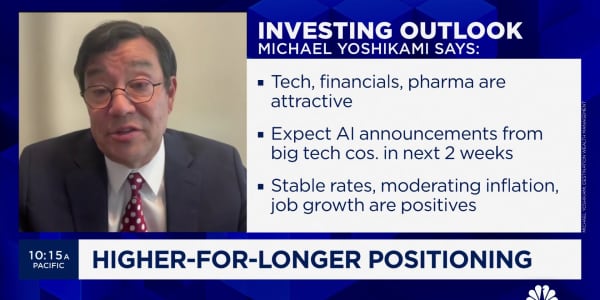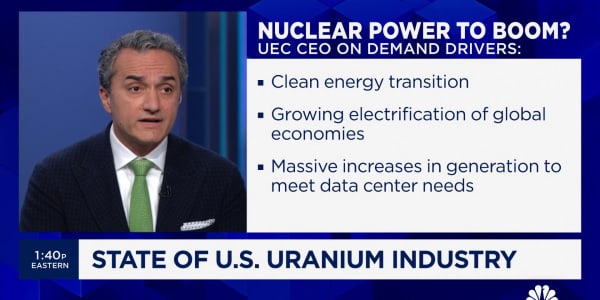The Federal Reserve's latest economic report raises the prospect that credit standards in loans to businesses may be slipping.
"The Philadelphia, Cleveland, Richmond, Chicago, and Dallas Districts reported intense competition on pricing and terms for commercial and industrial loans. In addition, contacts in Philadelphia and Chicago expressed concern about an easing of credit standards on these loans," the Fed reported in its Beige Book summation of regional Fed activity.
There have been a lot of signs that things are getting bubbly in this market. Earlier this year Doug Pento, JPMorgan Chase's head of commercial banking, said banks were making "irrational" commercial and industrial loans
(Read more: Beige book on Obamacare)
From Bloomberg in January:
"Just in the last several months we've seen some irrational behavior, in our view, in terms of structure and price," Pento, chief executive officer of commercial banking, said today at an investor conference at the firm's New York headquarters. "There's a lot of capital chasing a finite amount of opportunities."
In August, BankDirector.com published an article titled: "Will the C&I Boom Be Another Bust."
Not only are rates and yields dropping, but covenants are being relaxed. The competition seems fiercest for large and middle market companies. Some banks are offering "covenant lite" business loans to their largest and best commercial borrowers. For example, they might drop the requirements that the borrower maintain certain financial performance metrics to avoid having to go back to the bank and renegotiate collateral or other terms, says New York-based CIT Group Inc.'s Burt Feinberg, the head of commercial lending for the $33-billion asset commercial and specialty lender, one of the largest commercial lenders in the country. The Office of the Comptroller of the Currency (OCC) has also confirmed the trend, saying in its fall 2012 semiannual risk report that "the underwriting for middle-market commercial and industrial lending is showing signs of slippage as banks compete for lending opportunities in these markets."
Terms are also getting longer. One-year lines of credit are being extended to three-year lines of credit, says Christopher Myers, the president and chief executive officer of CVB Financial Corp., a $6.3-billion asset business banking company in Ontario, California. However, he has not seen banks ditch underwriting standards for weaker borrowers. "I'm seeing some stretching,'' he says. "Banks will loosen their covenants and release guarantees here or there to stronger companies."
As you can see in the chart below, the amounts outstanding of C&I loans are very close to their pre-crash peak.
Quantitative easing no doubt is playing a role here, as investors replace securities bought by the Fed with corporate debt. But there's likely a regulatory effect as well.
As other types of loans have come under close regulatory scrutiny, commercial and industrial lending has become more attractive because the compliance burden is relatively light.

—By CNBC's John Carney. Follow him on Twitter @Carney






